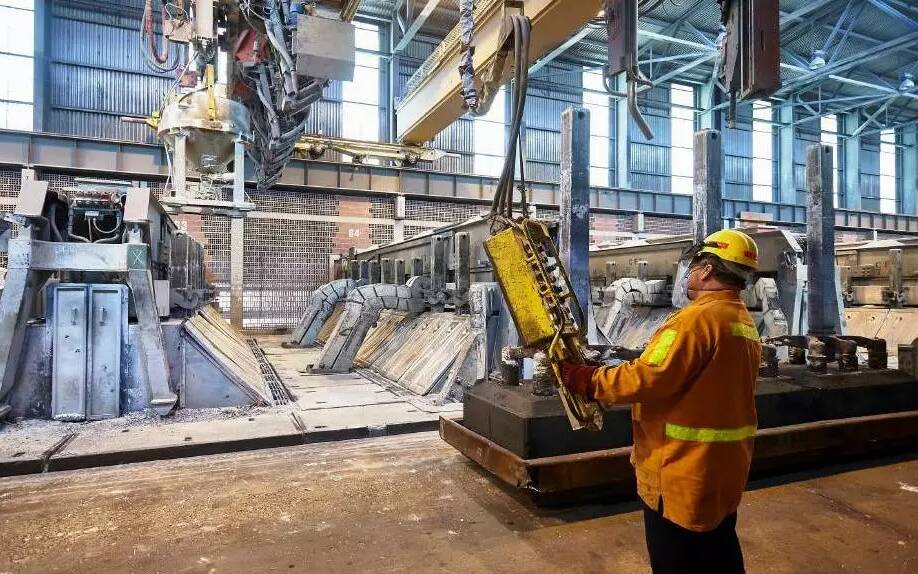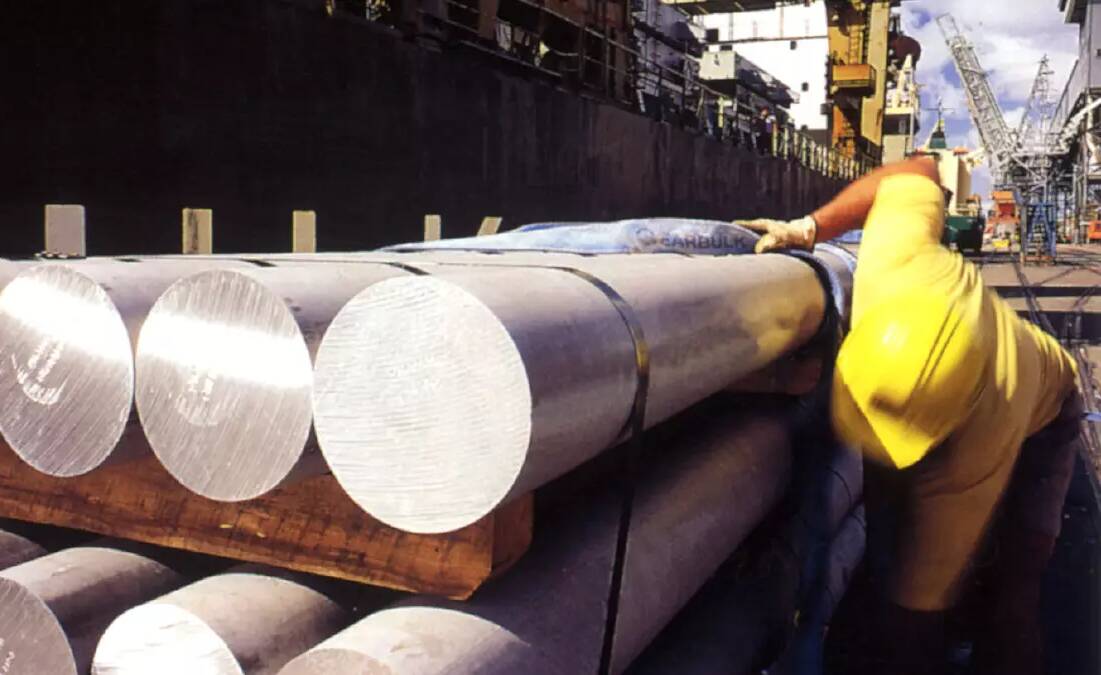
Tomago Aluminium is poised to launch one of Australia's largest wind and solar tenders as it seeks to transition the energy intensive smelter to clean energy.
The smelter is the largest and most efficient of Australia's four operating aluminium smelters and the only one based in NSW.
It is the state's largest single consumer of energy, and requires a constant 950 megawatts of electricity to operate normally.
Tomago, which is jointly owned by Rio Tinto Alcan, CSR and Hydro Aluminium, has previously stated that it is aiming to operate the smelter on renewable energy by the end of the decade.
"This (request for proposals) is the next step in the process. We are looking for a long term deal that will provide us with a greener power supply," Tomago's chief financial officer Andrew Newman said.
"We need the deal to be economically sustainable for the long term because we don't just want to survive at Tomago we want to thrive well into the next decade and beyond.
"With out annual energy spend we not only have the ability to utilise projects that are already in effect but also underwrite the development of future projects."
Earlier this year Rio Tinto announced two record-breaking contracts for wind and solar farms in Australia to provide power for its Boyne Island smelter in Gladstone, Queensland, and its two alumina refineries in the same port city.
The smelter supports more than 6000 direct and indirect jobs. It generates disposable income of almost $500million annually and $465million in incremental government revenues, of which $120million is captured by NSW.
It is also one of Australia's largest interruptible loads and can take around 600 megawatts off the state grid within minutes if required.
Mr Newman said the company's analysis showed nuclear was not a viable option to power the smelter.
"We need electrons from 2029. Realistically, nuclear is not an option from a timing perspective," he said.
"We have always maintained that we are technology agnostic. Our mantra is that we want a firmed green power supply that is economically sustainable. Initially we believe that will be achieved through wind and solar."
A survey of 800 Hunter residents in late 2022 found strong support for Tomago Aluminium's commitment to renewable energy.
The Hunter Jobs Alliance phone survey found strong approval (51.5 per cent) for the goal. There was a similar level of support (51.4 per cent) for the establishment of a green energy precinct at Kooragang.

While more than 50 per cent agreed Tomago Aluminium's renewable energy goal was realistic, about 30 per cent were sceptical.
Tomago's present contract with AGL expires in 2028.
CSR chief executive Julie Coates recently said last November that the outcome of the new power deal would be crucial for the company's future.
"That's an important milestone in terms of the future of the Tomago business," she said.
The 500 megawatt / 2000 megawatt hour grid-scale battery grid-scale battery is part of the company's goal to have 5 gigawatts of renewable generation and firming in place by the end of 2030.
Its location at the corner of Old Punt Road and the Pacific Highway is seen as critical to the AGL's ongoing commercial partnership with the smelter.







